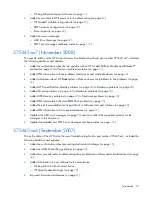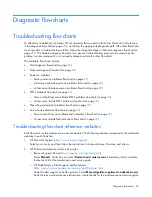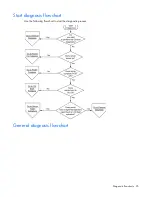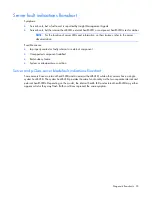
Common problem resolution 20
DIMM handling guidelines
CAUTION:
Failure to properly handle DIMMs can cause damage to DIMM components and the
system board connector.
When handling a DIMM, observe the following guidelines:
•
Avoid electrostatic discharge (on page
15
).
•
Always hold DIMMs by the side edges only.
•
Avoid touching the connectors on the bottom of the DIMM.
•
Never wrap your fingers around a DIMM.
•
Avoid touching the components on the sides of the DIMM.
•
Never bend or flex the DIMM.
When installing a DIMM, observe the following guidelines:
•
Before seating the DIMM, align the DIMM with the slot.
•
To align and seat the DIMM, use two fingers to hold the DIMM along the side edges.
•
To seat the DIMM, use two fingers to apply gentle pressure along the top of the DIMM.
For more information, see the HP website
(
http://h20000.www2.hp.com/bizsupport/TechSupport/Document.jsp?lang=en&cc=us&objectID=c008
68283&jumpid=reg_R1002_USEN
).
Hard drive guidelines
SAS and SATA hard drive guidelines
When adding hard drives to the server, observe the following general guidelines:
•
The system automatically sets all drive numbers.
•
If only one hard drive is used, install it in the bay with the lowest drive number.
•
Drives must be the same capacity to provide the greatest storage space efficiency when drives are
grouped together into the same drive array.
•
Drives in the same logical volume must be of the same type:
o
ACU does not support mixing SAS and SATA drives in the same logical volume.
o
ACU does not support mixing traditional drives and solid state drives (SSD) in the same logical
volume.
SCSI hard drive guidelines
•
Each SCSI drive must have a unique ID.
•
The system automatically sets all SCSI IDs.
•
If only one SCSI hard drive is used, install it in the bay with the lowest number.














































